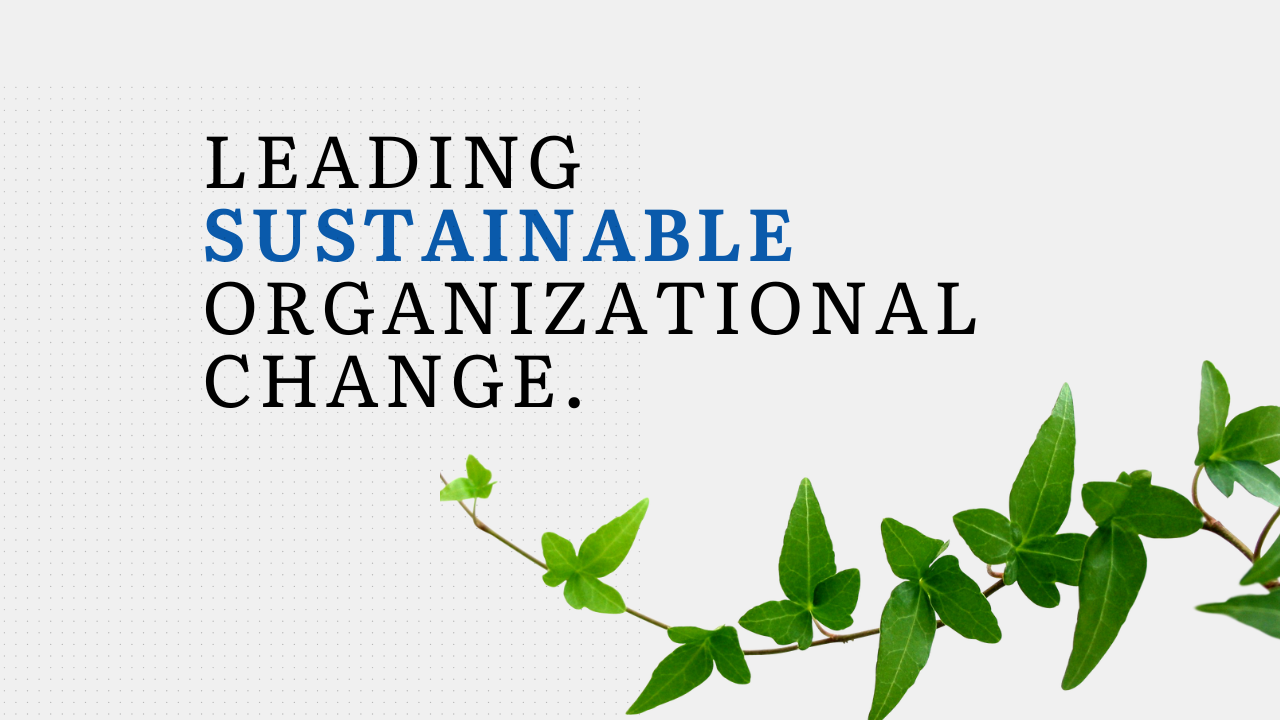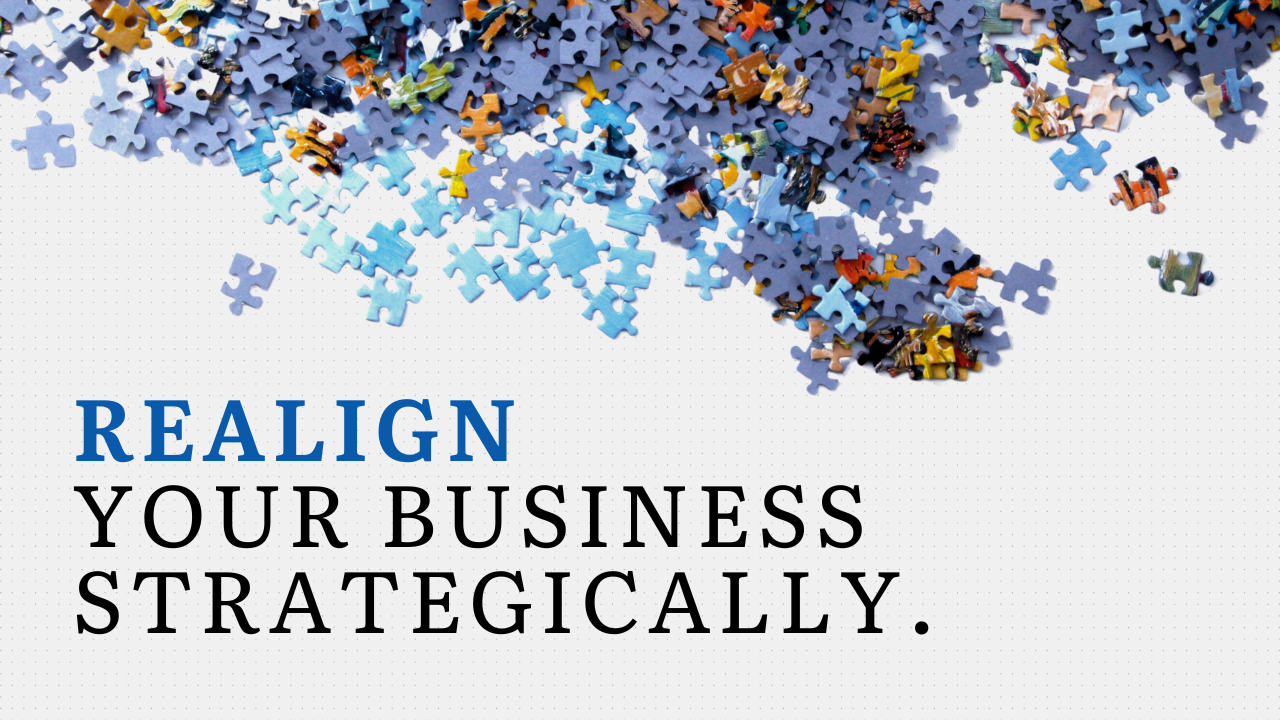Overview
This topic examines the mechanisms through which organizations adapt to evolving internal and external conditions. Drawing on foundational models, it analyzes how structural, cognitive, and emotional dynamics interact during transformation processes. Particular attention is given to the balance between planned and emergent change, the role of leadership framing, and the importance of psychological safety and feedback loops in sustaining behavioural shifts. Empirical insights from experience and field studies in technology-intensive and regulated environments illustrate how change initiatives can be designed as iterative learning systems rather than linear programs. The objective is to articulate an evidence-based approach to organizational adaptability that integrates individual experience, collective sense-making, and systemic alignment.
Technical Briefs
Trainings
Research & Publications
Leading Through Transition: Evaluating Engineering Transformation in a Scaling Organization
Reframing Culture and Collaboration: Microsoft's Transformation Under Satya Nadella
Key References
- Argyris, C. (1976). Single-Loop and Double-Loop Models in Research on Decision Making. Administrative Science Quarterly, 21(3), 363–375. https://doi.org/10.2307/2391848
- Beckhard, R., & Harris, R. T. (1987). Organizational Transitions. Prentice Hall.
- Beer, M., & Nohria, N. (2001). Breaking the Code of Change. Administrative Science Quarterly, 46(4), 796. https://doi.org/10.2307/3094840
- Beer, M., Eisenstat, R. A., & Spector, B. (1990, November - December). Why Change Programs Don’t Produce Change. Harvard Business Review, pp. 158-166.
- Bolman, L. G., & Deal, T. E. (2017). Reframing Organizations. Jossey-Bass.
- Bridges, W., & Bridges, S. (2016). Managing Transitions - Making the Most of Change. Da Capo Press.
- Lewin, K. (1976). Field theory in social science : selected theoretical papers. University Of Chicago Press. (Original work published 1951)
- McGregor, D. (1960). The Human Side of Enterprise. Mcgraw-Hill.
- Schein, E. H. (1996). Kurt Lewin’s change theory in the field and in the classroom: Notes toward a model of managed learning. Systems Practice, 9(1), 27–47. https://doi.org/10.1007/bf02173417
- Spier, M. S. (1973). Kurt Lewin’s “Force Field Analysis”. Annual Handbook For Group Facilitators, pp. 111-113.
- Zander, R. S., & Zander, B. (2000). The Art of Possibility. Penguin Books.



